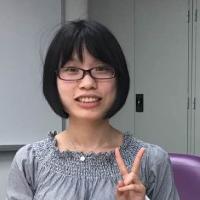News

Reexamining Fundamental Assumptions of the Type VI Secretion System

People with weakened immune systems are at constant risk of infection. Pseudomonas aeruginosa, a common environmental bacterium, can colonize different body parts, such as the lungs, leading to persistent, chronic infections that can last…
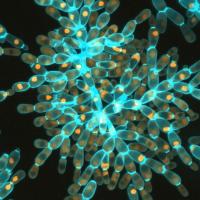
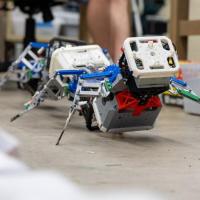
Intrigued to see if the many limbs could be helpful for locomotion in this world, a team of physicists, engineers, and mathematicians at the Georgia Institute of Technology are using this style of movement to their…
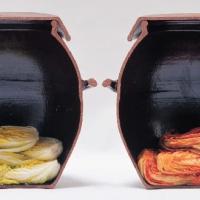
Today, most kimchi is made through mass fermentation in glass, steel, or plastic containers, but it has long been claimed that the highest quality kimchi is fermented in onggi. Kimchi purists now have scientific validation, thanks to recent…
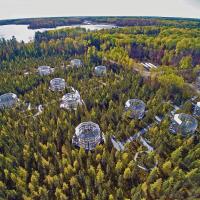
Georgia Tech researchers show that rising temperatures in northern regions may damage peatlands: critical ecosystems for storing carbon from the atmosphere — and could decouple vital processes in microbial support…

Congratulations to QBioS PhD student, Cassie Shriver, who was named as an NSF Graduate Research Fellowship Program recipient for 2023!

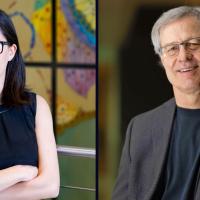
Georgia Tech researchers apply an economics theory to study the building blocks of biological evolution

Located in the 18-acre Science Square campus, BioSpark is designed to be a launch pad for high-potential entrepreneurs. It provides a fully equipped and professionally operated wet lab, in addition to a clean room, meeting and office space, five…

On Saturday, March 11, scientists and engineers will share their biomechanics work with snakes, elephants, monkeys, flamingos, and other wildlife as part of the "Animals in Motion: Biomechanics Day at Zoo Atlanta" during the 2023 Atlanta Science…

Researchers at Georgia Tech and Emory found wearable ankle exoskeletons helped subjects improve standing balance only if they activated before muscles fired.

Plants, like animals and people, seek refuge from climate change. And when they move, they take entire ecosystems with them. To understand why and how plants have trekked across landscapes throughout time, researchers at the forefront of…

Cats always land on their feet, but what makes them so agile? Their unique sense of balance has more in common with humans than it may appear. Researchers at the Georgia Institute of Technology are studying cat locomotion to better understand how…

In a new paper published in eLife, School of Biological Sciences and School of Computer Science researchers show how AF2Complex, a deep learning tool designed to predict the physical interactions of proteins, is lending new insights into…
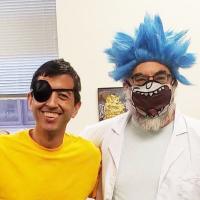
Over the past decade, Flavio Fenton and James (JC) Gumbart have enjoyed partnering as faculty, research collaborators, co-advisors, and friends. 200 papers later, they look back at 10 years of research, and to the decade ahead.

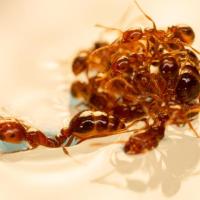
In water, ants tend to flail and actively repel each other but are drawn together by physics

Georgia Tech scientists, including a researcher from the School of Biological Sciences, have formed the core of an interdisciplinary, inter-organizational team which seeks to prevent disease…
